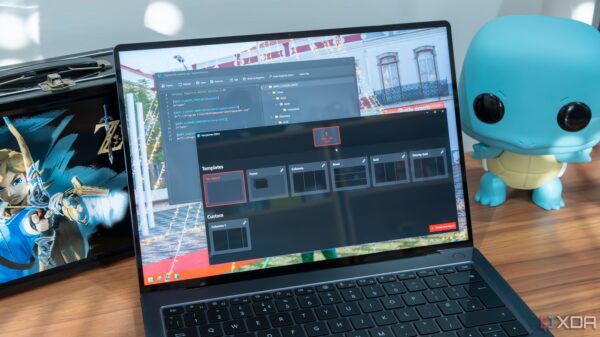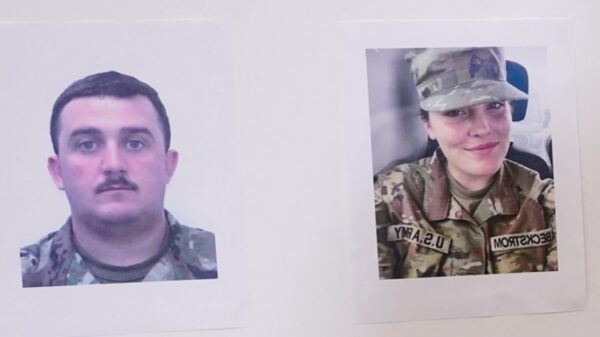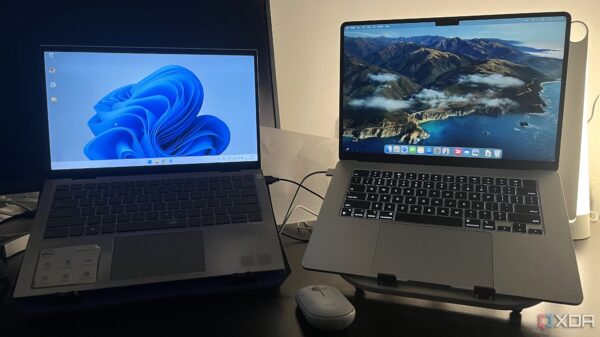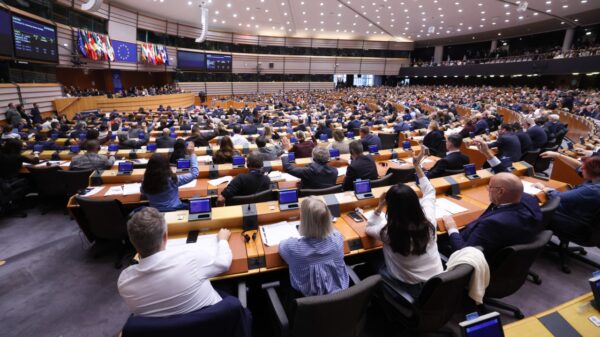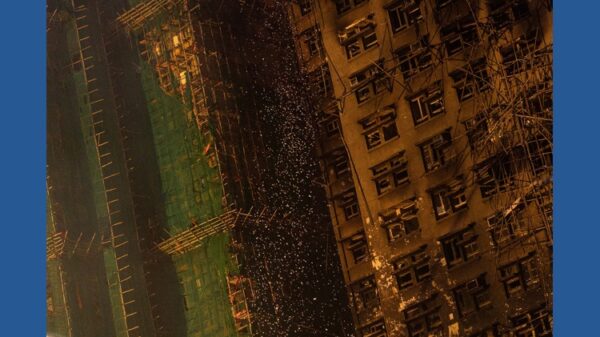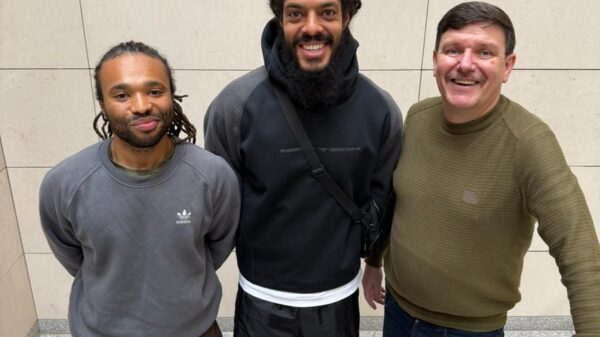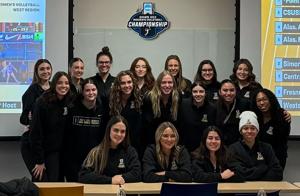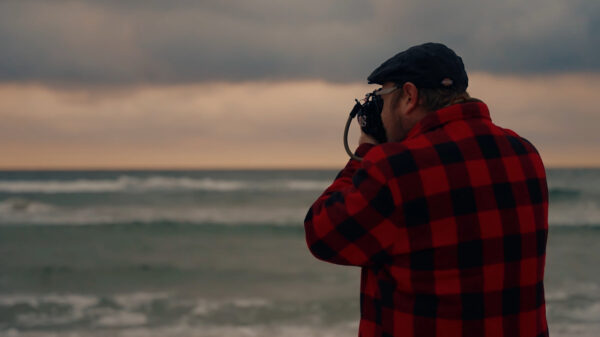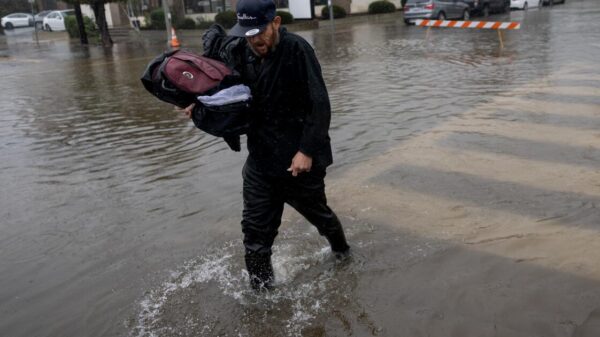Sofia Coppola and acclaimed costume designer Milena Canonero engaged in a revealing conversation on September 1, 2023, during the Venice Film Festival. Their discussion highlighted a professional relationship that has spanned decades, marked by creativity and mutual respect. This event was part of Cartier’s annual program focusing on the art and craft of cinema.
The connection between Coppola and Canonero began in the early 1980s when Coppola’s father, Francis Ford Coppola, took over direction of the musical film The Cotton Club. Canonero, already involved in the project, expressed her joy when Coppola decided to retain much of the original crew. “I met Milena when I was 11 or 12 years old on my father’s film,” Coppola reflected. “I would always love to come to the studio after school and see what they were making. I spent a lot of time in the costume department because it was always magical.”
Canonero, who has earned Oscars for her work on films such as Barry Lyndon and The Grand Budapest Hotel, noted that her relationship with Coppola grew stronger over the years. “She wanted to see everything and was often there during the shooting… we clicked right away,” Canonero recalled. Their collaboration continued with Coppola’s Godfather III and culminated in the visually striking Marie Antoinette.
Coppola described Canonero as the perfect choice for her first period film, citing the designer’s Oscar-winning contributions to Barry Lyndon as a significant factor. “Her approach is always really unique, and she brought so much style to the film,” Coppola said. “I wanted to make this period film feel alive and fresh and not like an academic historical piece.”
The color palette for Marie Antoinette was inspired by a collection from U.S. designer Marc Jacobs, featuring the pastel hues of macarons. Canonero explained that Coppola introduced the idea during a visit to the workshop, arriving with a large box of macarons. “In a very gentle way, she did not say that it was going to be the palette, but rather, ‘I really like these colors,’” Canonero stated. This subtle suggestion helped guide Canonero’s design choices throughout the film.
Upon its release in May 2006 at the Cannes Film Festival, Marie Antoinette received a mixed reception and struggled at the box office. Coppola later referred to it as “a flop.” Despite this, the film has found a new audience among younger viewers, evident during the conversation as attendees enthusiastically applauded clips and took photos of the two creatives on stage. Coppola also mentioned plans for a restoration of the film, which could further enhance its legacy.
The dialogue included a screening of a scene from Barry Lyndon, showcasing Canonero’s earlier work. In discussing her favorite films by Coppola, Canonero highlighted The Virgin Suicides and its impact. “This movie is a fantastic movie forever, it’s a classic,” she remarked. She praised Coppola’s ability to capture the complexities of youth and the subtleties of human relationships in her films.
Ongoing conversations at the Venice Film Festival continue to explore the intersections of craft and cinema, featuring discussions with notable figures such as Sergio Castellitto and screenwriter Margaret Mazzantini, as well as Alfonso Cuarón and cinematographer Michael Seresin. The festival serves as a platform for artists to reflect on their work and the evolving landscape of the film industry.


